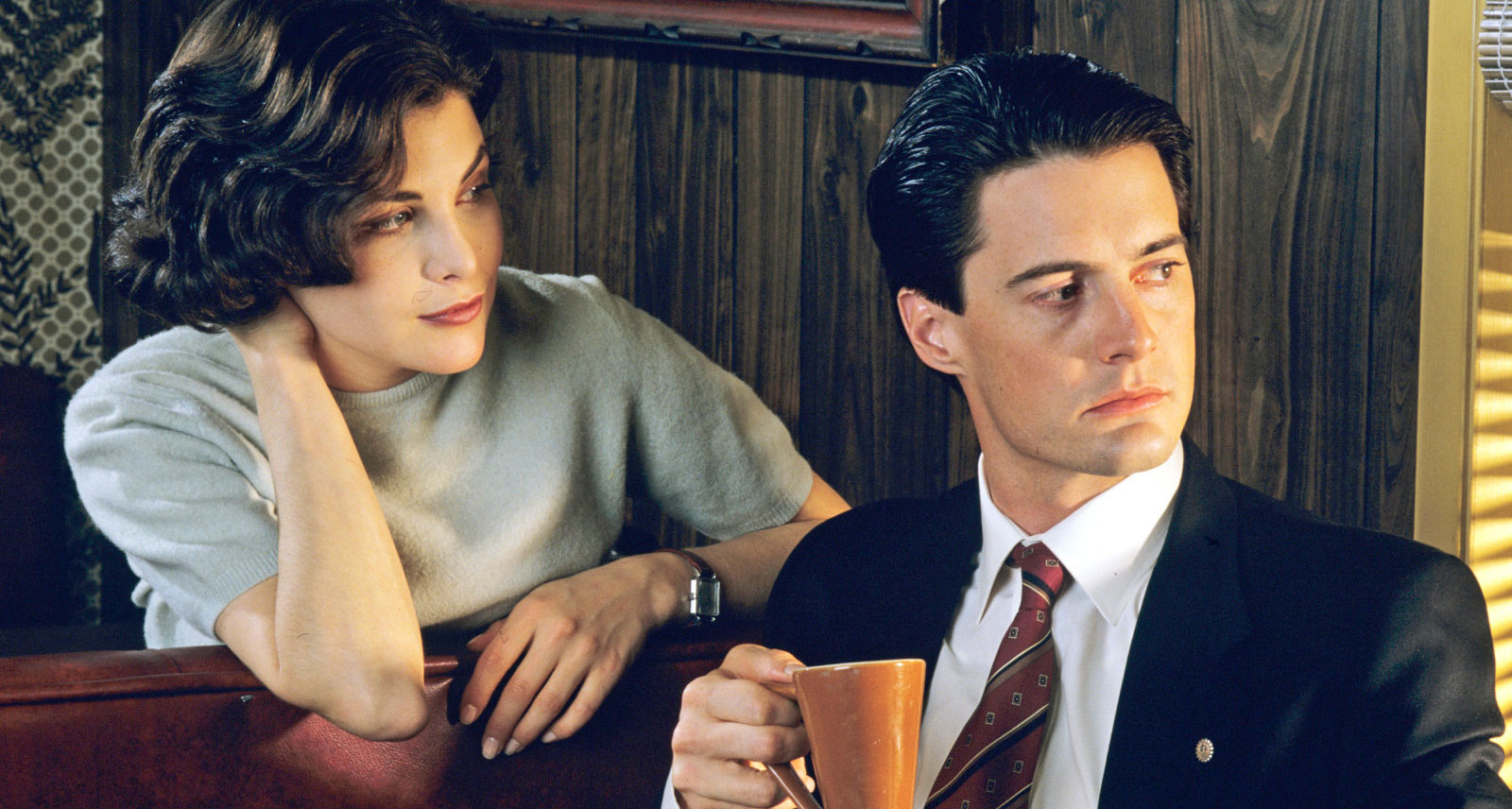‘Twin Peaks’ Is Back to Reclaim Its Rightful Weird TV Throne
It happens every TV season now like clockwork: some cryptic new drama bills itself as being like Twin Peaks. This year, according to its writer Robert Aguirre-Sacasa, it was Riverdale, The CW’s dark Archie reboot. Last year, it was FX comedy Atlanta, which creator Donald Glover touted as “Twin Peaks with rappers.” The list goes on: Wayward Pines, Bates Motel, The Killing, Stranger Things — all marketed, in varying ways, as being Twin Peak-y. The show was cancelled in 1991, but “like Twin Peaks” remains industry shorthand for “strange, boundary-pushing TV.”
Small wonder, then, that a network would finally decide to out-Twin Peaks all the pretenders by reviving Twin Peaks. A third season, via a limited nine-episode series, premieres on Showtime this month. Show creators David Lynch and Mark Frost are back on board, as is most of the original cast, including Mädchen Amick, Dana Ashbrook, and Kyle MacLachlan. Which all sounds great, but then again, so did last year’s disappointing six-episode revival of The X-Files (another Twin Peak-y show!). Must we really revisit Lynch and Frost’s universe — amid a forest already dense with eerie, risk-taking fare influenced by it — in 2017?
Back when Twin Peaks debuted on ABC in 1990, there was, contrary to today, nothing like it on TV. Its direct time-slot competition was Cheers. Art had no place on network television, that narcotizing wasteland of procedurals and three-camera sitcoms. Giving Lynch, the world’s most perversely offbeat film director, a prime-time series seemed insane. But also impossible to ignore: over 34 million viewers were bewitched by the pilot’s murder-mystery-inside-a-soap-opera eccentricities: the kooky town, the dancing midget, the FBI agent obsessed with “damn fine coffee.”
“Who killed Laura Palmer?” became the original water cooler question. Long before we asked who the Yellow King is, Twin Peaks was the first show to galvanize the American public’s attention around one central, drawn out mystery. Besides redefining serialized TV, it ushered in a new kind of fandom, calling for communal decoding of ciphers, symbols, and red herrings. All this in a pre-Reddit era.
But Twin Peaks’ greatest legacy? It gave TV permission to be weird. The standard narrative arc was eschewed for an auteur’s singular vision: one full of idiosyncratic character studies, a labyrinthine plot, and dialogue juxtaposing the humdrum with the haunting. Never before — and really, never since — had a TV show challenged this many people to such a WTF-worthy extent. Twin Peaks was more about steeping viewers in a Lynchian underworld than solving a murder. Of course, once it became clear closure wasn’t coming, audiences began losing patience. Nervous ABC execs insisted Laura’s murderer be revealed midway through the second season. By then, a disenchanted Lynch and Frost were focusing on other projects, only peripherally involved with Twin Peaks. The show was canned (with a chilling finale directed by Lynch). Soon after, however, other dramas would ape the “supernatural mystery” formula (see: Wild Palms, Eerie, Indiana, The X-Files). We’ve seen countless more shows since centred on uncanny, out-there visions, from Lost to The OA. All have either pilfered from Twin Peaks directly, or were encouraged by what it proved: that TV could be peculiar, ambitious, and radically unique. Well, to an extent — audiences still expect loose ends to be tied. (Stranger Things’ writers promised there’d be “justice for Barb” in Season 2 due to Internet rage over the matter.)
Which is why now, given a carte blanche to realize their vision, Lynch and Frost are about to reintroduce us to a world still unlike anything out there. Sure, we’ve got weird shows today, but they’ll never be this unhinged, this disturbing, this blasé about viewers’ desires. That all makes for damn fine TV. Drink it up.










